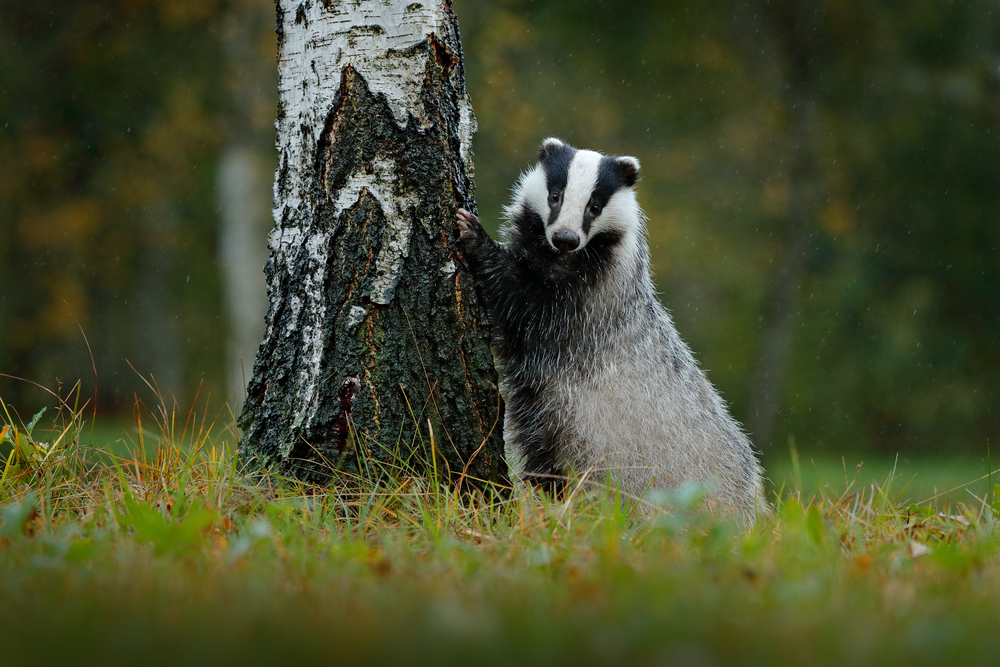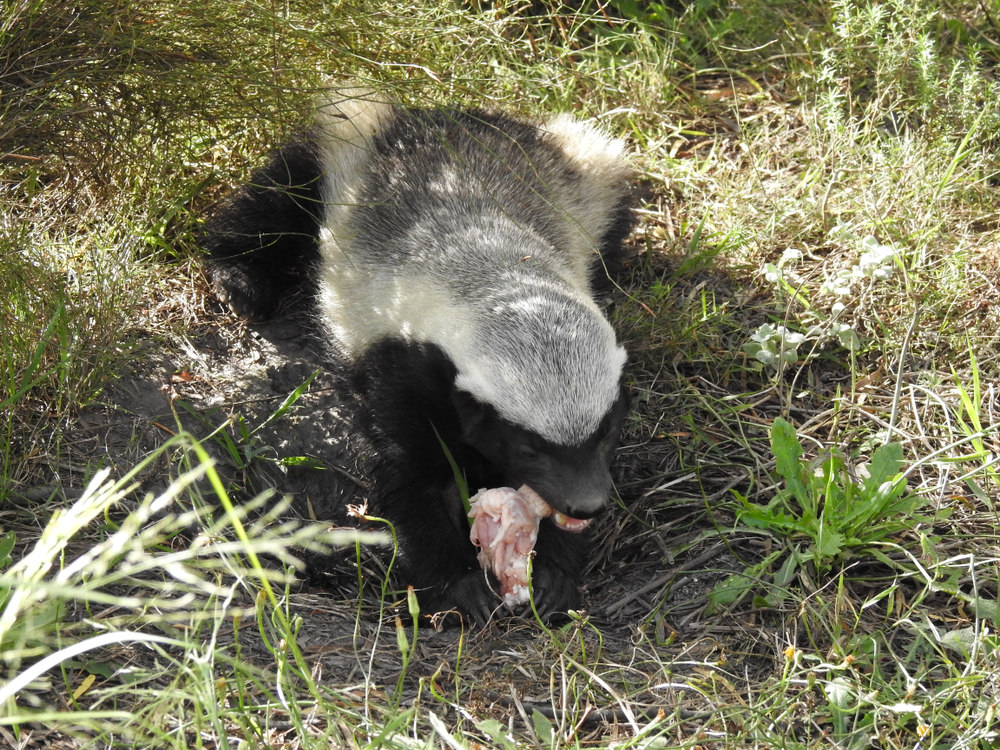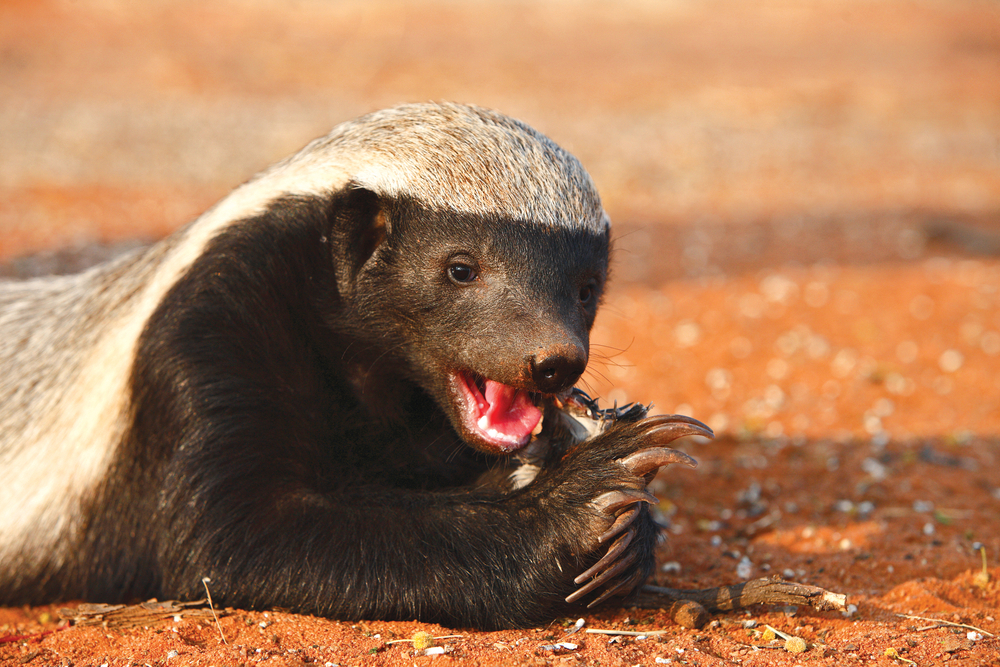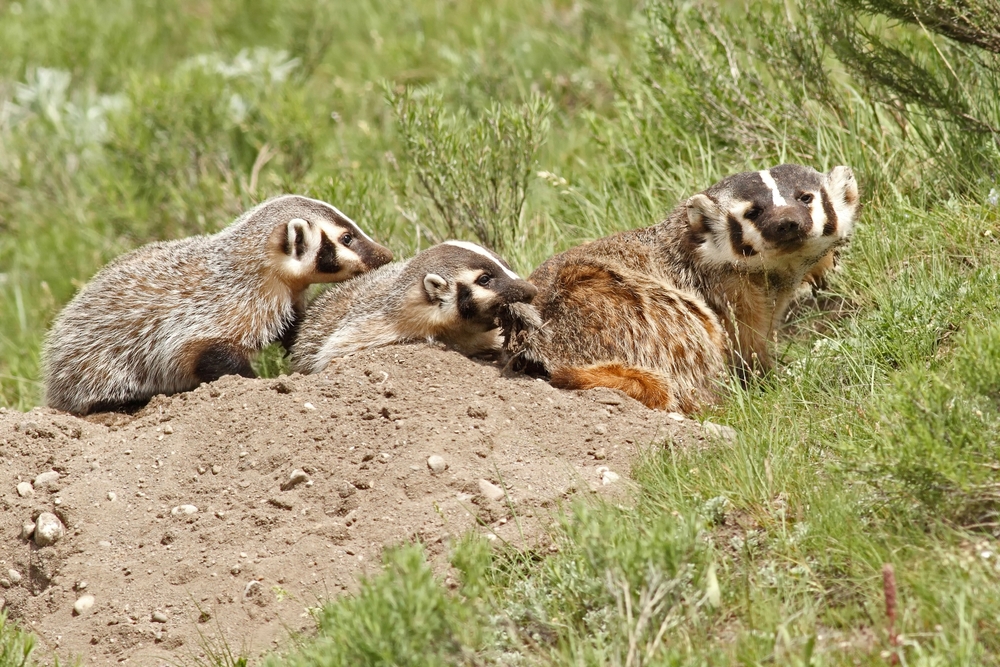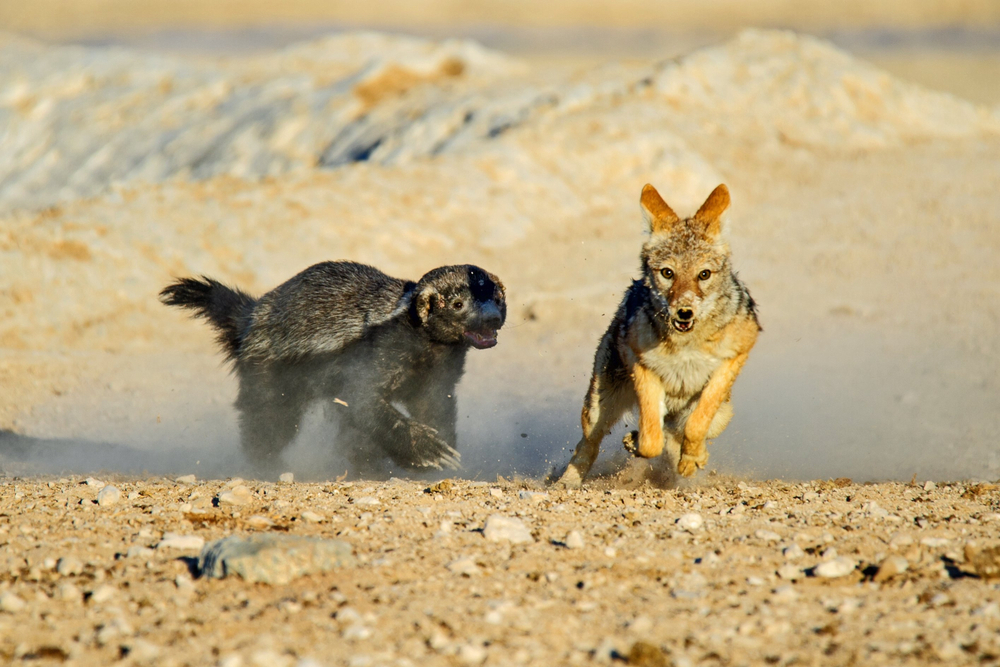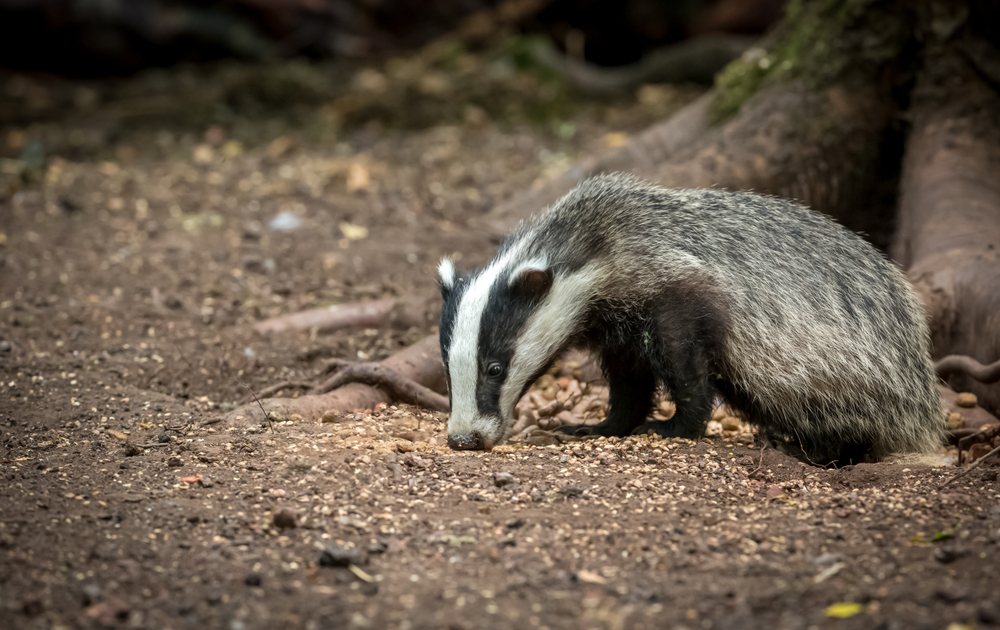Badgers and wolverines are both members of the Mustelidae family and share some similarities, but they are distinct species with notable differences:
- Physical Appearance:
- Badgers are generally smaller and stockier, with short legs and a characteristic black and white facial mask.
- Wolverines are larger and more robust, with a dark brown coat and lighter facial markings. They have a more bear-like appearance.
- Habitat:
- Badgers are typically found in a wide range of habitats, including grasslands, woodlands, and deserts.
- Wolverines are primarily associated with boreal forests and high mountain regions, often in cold, remote areas.
- Diet:
- Badgers are opportunistic omnivores with a varied diet that includes small mammals, insects, plants, and more.
- Wolverines are primarily carnivorous and scavengers. Their diet includes carrion, small mammals, and sometimes larger prey like deer.
- Behavior:
- Badgers are known for their burrowing and digging abilities, using burrows for shelter and hunting.
- Wolverines are strong climbers and are often seen in mountainous terrain. They have a reputation for being tenacious and fearless.
- Social Structure:
- Badgers can be solitary or live in social groups called clans.
- Wolverines are generally solitary animals and have large home ranges.
- Range:
- Badgers have a broader distribution and can be found in North America, Europe, and Asia.
- Wolverines have a more circumpolar distribution, inhabiting northern regions of North America, Europe, and Asia.
- Conservation Status:
- Some badger species are considered of “Least Concern” in terms of conservation status, while others may be threatened in specific regions.
- Wolverines are often considered more elusive and are classified as “Least Concern” or data-deficient due to their remote habitats and low population densities.
While badgers and wolverines are related and share the Mustelidae family, their differences in size, habitat, diet, behavior, and distribution distinguish them as separate species with unique ecological roles and adaptations.





































































